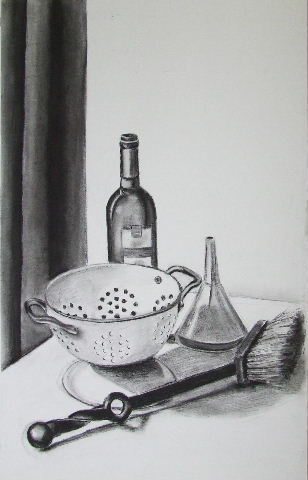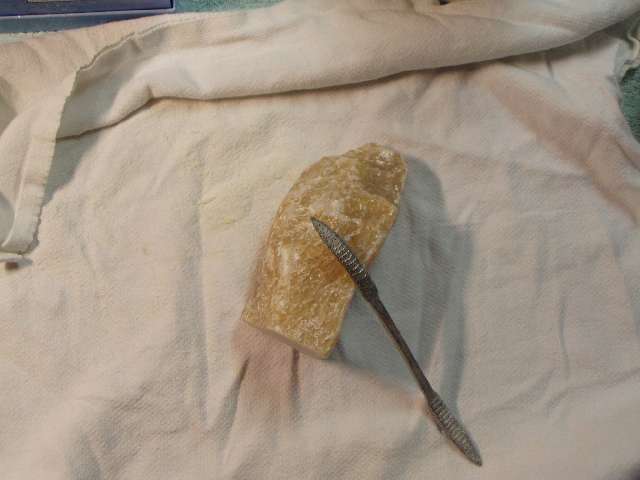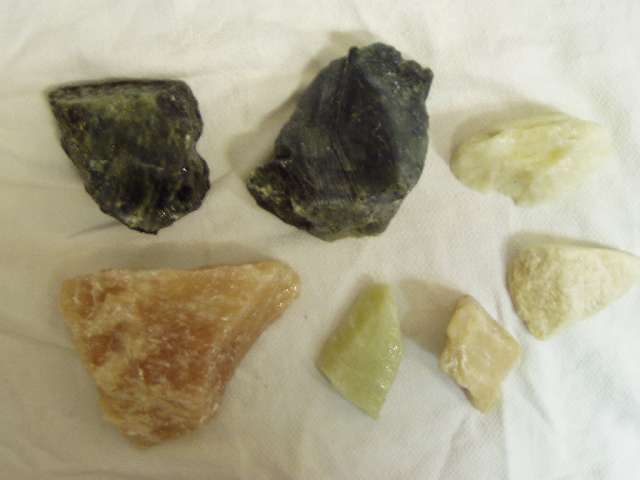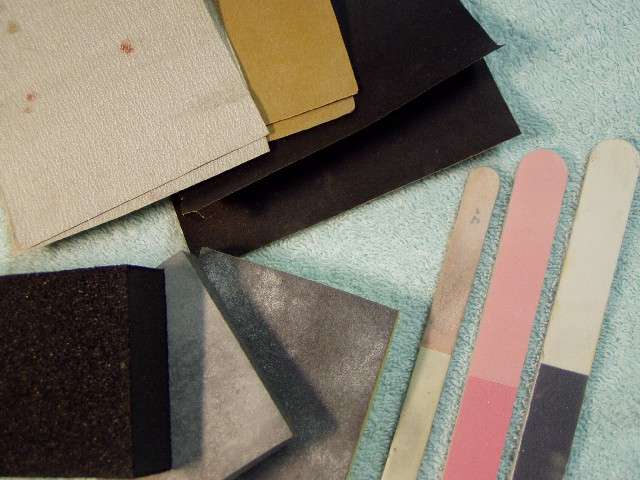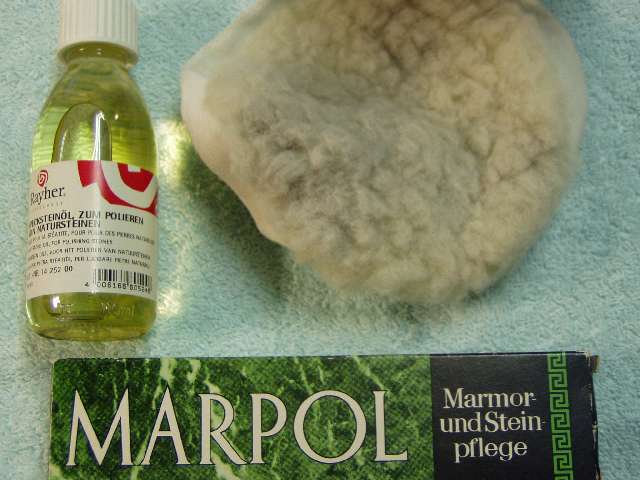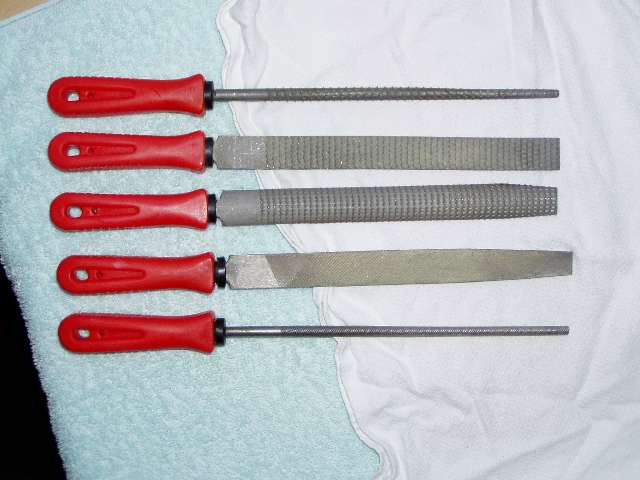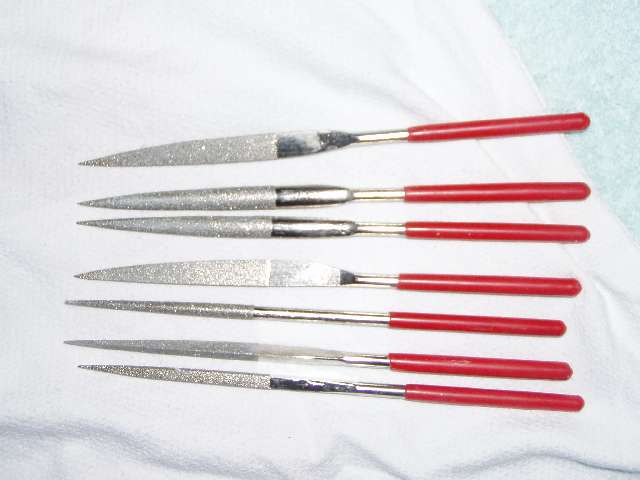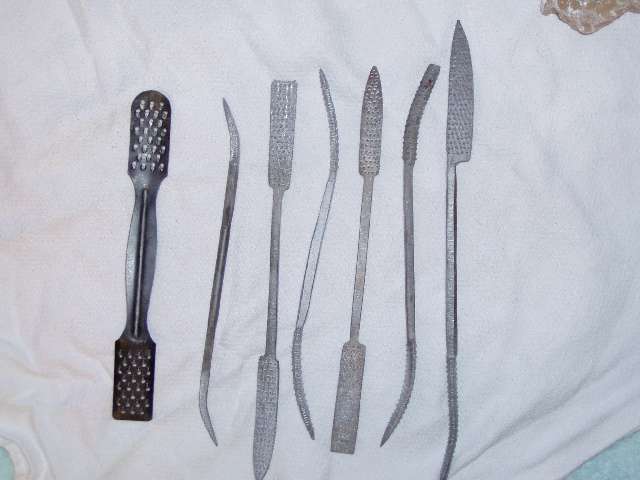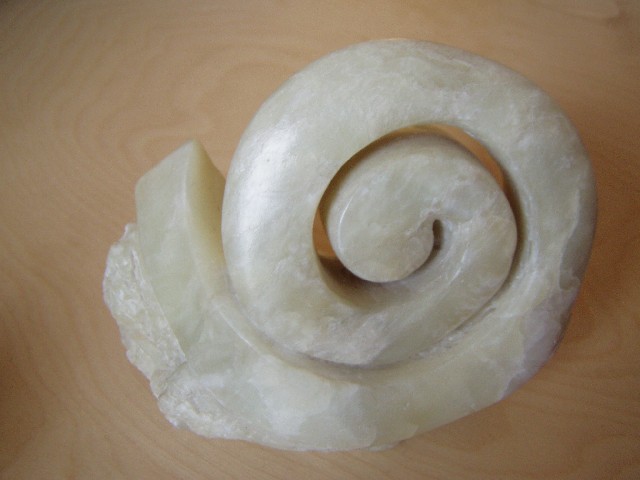Soapstone is also used in the chemical industry, where it is ground and mixed with other substances; it is found in insulation material used in construction, among other things. In the pharmaceutical industry, medicinal ingredients are added to it, and it is known as baby powder or talcum powder.
Soapstone comes in fantastic colors. Light green, light pink, and white stones become translucent after proper processing. Soapstone also comes in jade green, dark green, and grayish-green, as well as various shades of brown. Some stones are speckled yellow, brown, and blue, while others have red veins running through them; there are endless color variations.
Soapstone consists of different layers, which become apparent when you wet a piece of soapstone. Because it is composed of layers, it is also fragile. If you gently tap a piece of stone against a wall and it produces a clear sound, then you have a sturdy piece. In some pieces, you can see and feel crystals or shiny pieces of pyrite. This pyrite is also called "Fool's Gold." In ancient times, people thought they had found a vein of gold.
|
Soapstone is a very soft material. With simple tools, you can work with soapstone, and using a drip tray from a washing machine or a large sheet underneath helps keep the mess to a minimum.
Begin shaping the stone with a coarse rasp or file. Then, refine the details using finer rasps, a fine file, or coarse sandpaper. Once the stone has the desired shape, use finer sandpaper to smooth out any rough scratches that can't be removed with fine sandpaper and polishing alone. Take pieces of various grades of waterproof sandpaper. Hold your workpiece under a warm or lukewarm stream of water and sand with progressively finer grades of sandpaper. Finally, you can polish the stone. A nail buffer works well for this, as long as the surface of the stone isn't too large.
Avoid using a hammer and chisel with soapstone. It's not advisable to chisel soapstone because its layered structure makes it fragile, and using a hammer and chisel can cause unintended breakage. If there's a corner of the stone you want to remove, it's better to saw it off.
|
Because soapstone is so soft, you can also use some unconventional tools when working with it. Consider tools like linoleum gouges, a toothbrush to brush away dust, kitchen knives, and even nail buffers to polish the stone. To give the soapstone a nice shine, you can use wax or a sealant like Marpol.
|
|
Tools that can be used with soapstone:
- Saw
- Sculpting rasps suitable for soapstone
- Coarse soapstone rasp set
- Diamond files
- Soapstone files
- Linoleum carving gouges
- Soapstone oil or Polishing compound, which provides a satin finish and enhances the color and texture of the stone
- Waterproof sandpaper
- Toothbrush
- Nail buffer
- Dremel tool, which produces a lot of dust but works well. Use a mask while working with it.
|
With soapstone, the initial intention is to work from the shape of the stone itself. Allowing yourself to be guided by the stone generally produces beautiful results. Soapstone is manipulated using rasps and sandpaper. It's mostly sedentary work and requires little physical effort. Essentially, the stone dictates what you're going to create. Patience is crucial when working with soapstone. Both figurative and non-figurative sculptures are made from soapstone. However, you'll mostly find rounded forms and few sharp angles and points in soapstone sculptures. These rounded shapes also make the sculpture less vulnerable.
|



